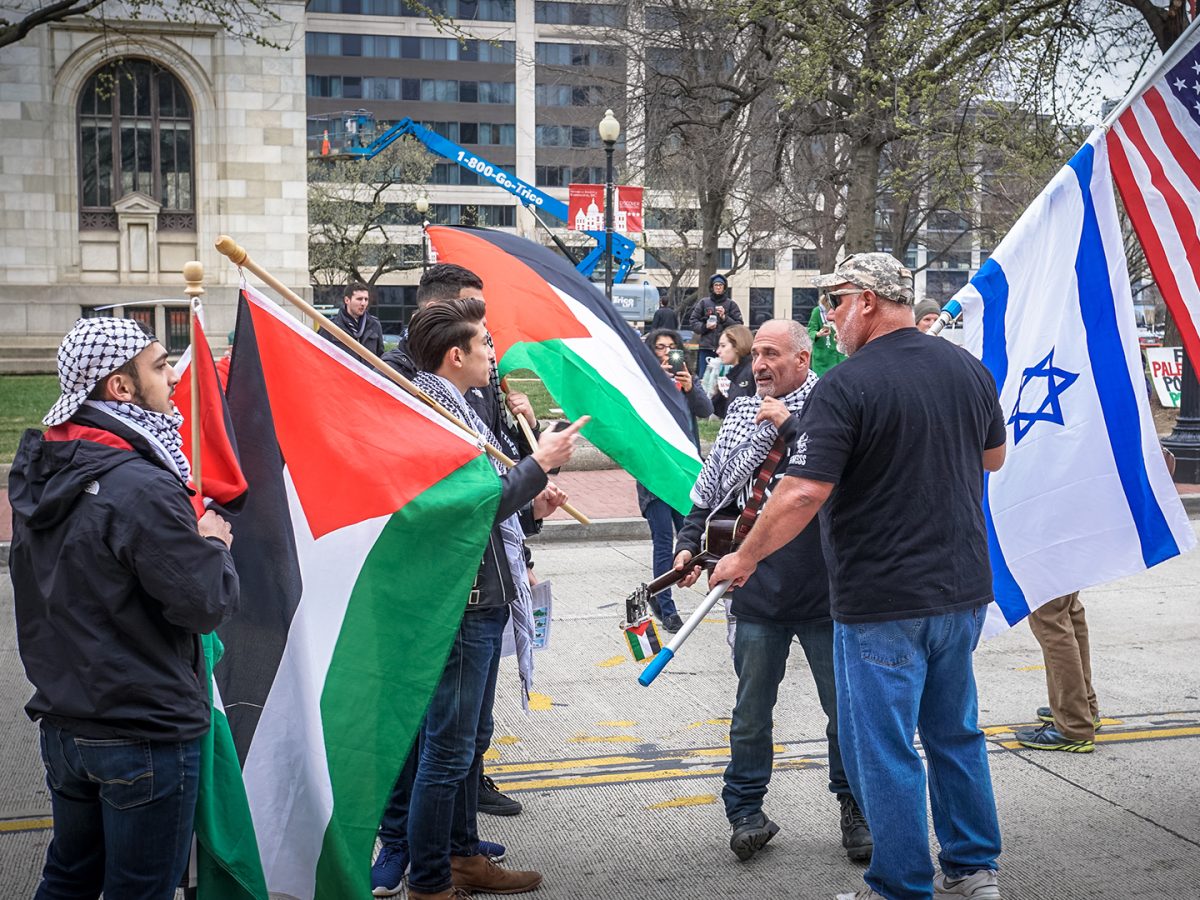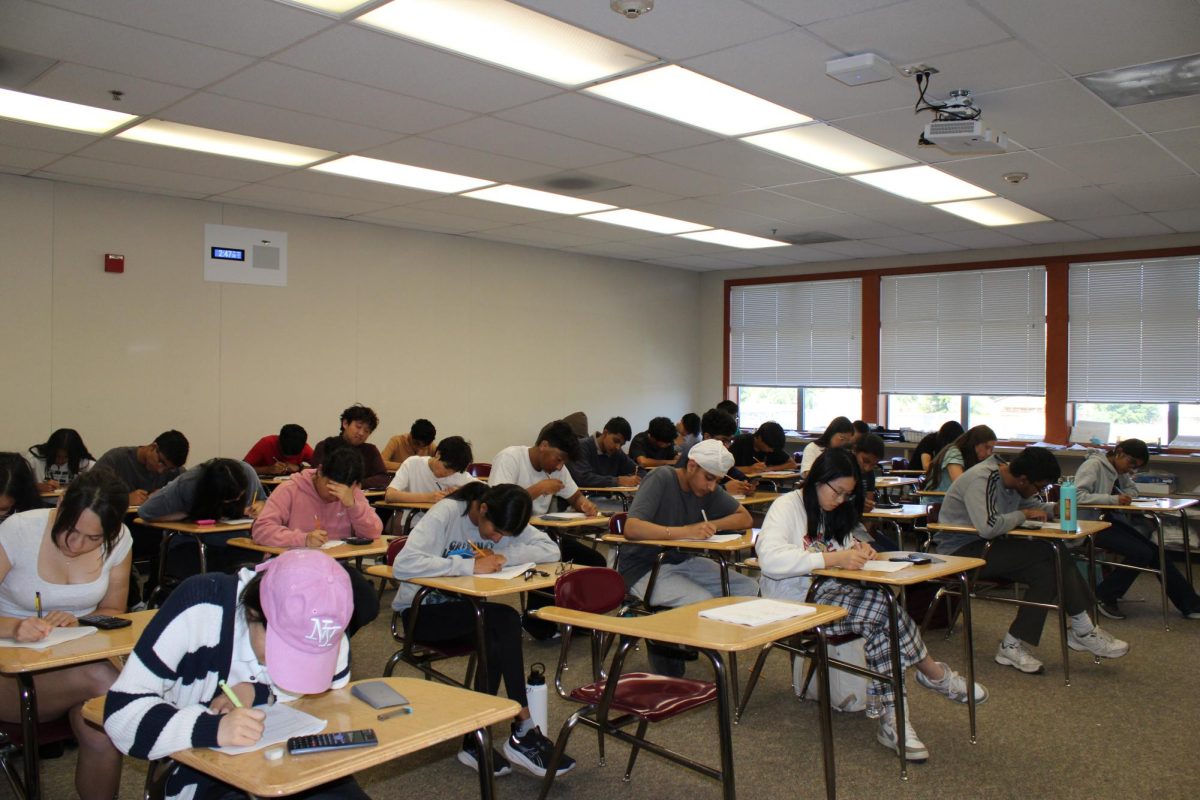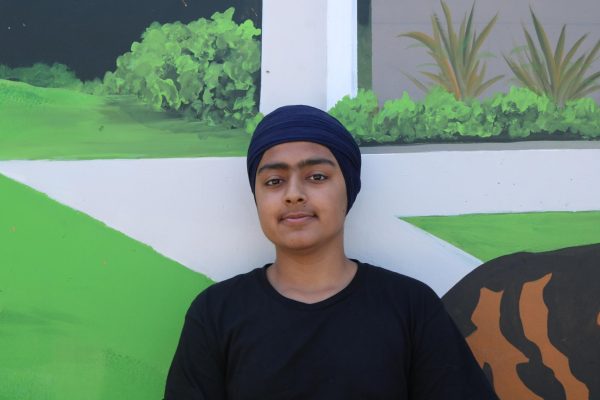The current conflict between Israel and Palestine follows a long history of territorial disputes dating back to 1948. On Oct. 7, Hamas launched a surprise attack on Israel killing 1,300 Israeli civilians. The United States responded with full support of Israel and promised to keep their Iron Dome weapons system fully supplied, as reported by the White House.
After the events of Oct. 7, the conflict between Israel and Palestine once again reached the public eye. But there is a striking issue: Why do American news stations often overlook the hardships of Palestinian civilians in favor of disproportionately covering incidents involving Israel?
An example of this is from a case study from MIT, which focuses on biased news coverage of past Palestinian uprisings. The first Intifada, a major uprising of Palestinians against Israelis occupation, occurred from 1987 to 1993. Then, in the second Intifada from 2000 to 2005, there were more than 4.6 times the casualties for both Palestinians and Israelis. But the Palestinian death count was still greater by hundreds during the first Intifada and thousands during the second.
The magnitude of anti-Palestinian violence increased drastically during the second Intifada. But the MIT study reports that the New York Times did not increase its reporting of the movement and were seemingly biased against Palestine, despite Palestinians arguably needing international support the most at that time.
The tensions between Israel and Palestine are rooted in religious patriotism, nationalism, and differing visions for the future. Muslims want to see Jerusalem occupied by the Muslim community, and the Jewish community sees Jerusalem as their rightful land. But Hamas, which is labeled as a terrorist organization by the United States but not by the United Nations, has been occupying the Gaza Strip in Palestinian land without the support of Palestinian civilians since 2007, as reported by Aljazeer.
The conflict should be strictly between Hamas soldiers and Israeli soldiers, but civilians are repeatedly stuck in the middle. From January 2008 to December 2022, 6,180 Palestinians were killed, with 3,599 being civilians and 1,393 of them being minors. In the same period, 279 Israelis, including 151 being civilians, died, according to the United Nations Office for the Coordination of Humanitarian Affairs.
Despite these statistics, when Hamas retaliated and attacked Israel, it sparked immediate media attention, unlike Israel attacks on Palestine since 2008. While each loss of life is significant, these comparatively lower numbers on the Israeli side show the disproportionate news and media spotlight on Palestinian civilians. For the general American population, reactions are greatly one-sided in favor of Israel, and influenced by cultural and religious reasons shown by CBS News.
Palestinian civilians aren’t receiving as much media attention for several reasons. One is that news stations may report with slight bias. Jeff Zucker, former president of CNN, and Michael Bloomberg, who owns Bloomberg News, both are Jewish. These factors can affect which stories make it into the spotlight.
Journalists facing safety concerns and limited access in certain areas also might find it challenging to get the full extent of the story they are covering. Nidal Al-Wahid from the Al-Najah channel was reported missing on Oct. 7. So was Roee Idan, an Israeli Ynet photographer, according to Black Star News.
Support also aligns with existing geopolitical alliances. Israel has the American government’s support, which creates a situation where the US, a freedom advocate, consistently supports Israel, even when actions cause civilian casualties.
On the other hand, Palestinian authorities and their allies, including some Arab nations, condemn what they perceive as disproportionate use of force from Israel and the civilian casualties which follow, as reported by Carnegie Endowment.
Celebrities and influencers, including NBA star LeBron James, have shared their views on the conflict through social media. While James rightly condemned the terrorism of innocent people by Hamas, it’s notable that he didn’t take a stance on events in Palestine from 2008 to 2022. This suggests a bias as he only spoke out about civilian lives lost in the conflict when the percentage of Israelis being killed increased.
From 2008 to 2022, there has been a great loss of lives occurring during the fights between Israel and Palestine, whether it be soldier or civilian. This disproportionately has affected the Palestinian population. Even when influential figures and other celebrities engage in discourse about the topic, there is a discernible bias in their own words. It is crucial for media outlets to strive for balanced coverage of this conflict, but as of now, the challenges and deaths of innocent Palestinians receive less attention than those of Israel.





Ghazala Niazi • Dec 15, 2023 at 10:34 pm
I appreciate your article, thank you.